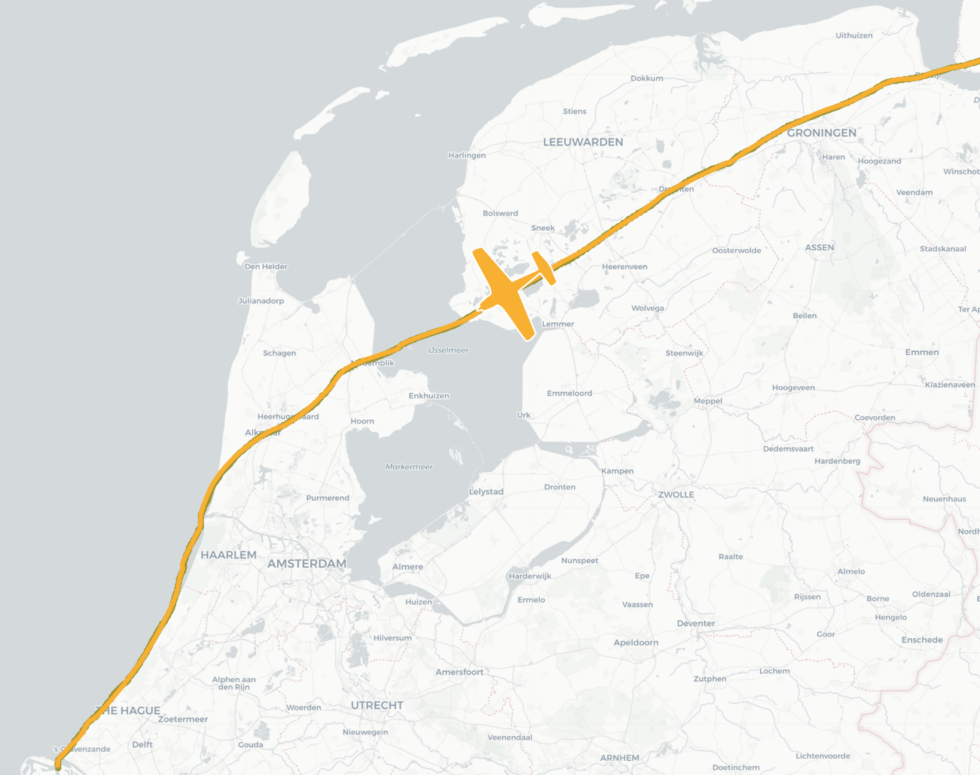
Fatal accident Dyn'Aéro MCR01
On June 5, 2022, a microlight aircraft crashed in the Beerkanaal / Calandkanaal near Hoek van Holland. The aircraft came from Norway, had made a stopover in Germany and was on its way to France according to the flight plan. Both the pilot and passenger were fatally injured. The aircraft was completely destroyed and only a few aircraft parts were recovered.
Dutch Safety Board presents lessons after microlight aircraft crash in Calandkanaal
The radar data confirms that altitude variations occurred in the final part of the flight before the aircraft crashed into the water. The Dutch Safety Board's investigation shows that the weather conditions were initially quite good. Visibility may have been reduced in the last part of the flight, due to a combination of a possible cloud base between 1000 and 1500 feet and light to possibly moderate rain. The Dutch Safety Board considers it unlikely that the pilot could not see the Earth's surface during the last part of the flight.
The aircraft was destroyed and only few aircraft parts were recovered. Technical failure or another factor of a technical nature cannot therefore be completely ruled out. Examination of the available wreckage does not indicate that the aircraft had any defects or abnormalities.
Collaboration LVNL and Dutch Coast Guard Center
Part of the safety investigation focused on the collaboration between Air Traffic Control the Netherlands (LVNL) and the Dutch Coast Guard Center (as Joint Rescue Coordination Center, JRCC). LVNL took active action when the aircraft disappeared from radar, even though there was no immediate indication of an emergency or crash of the aircraft. In addition, LVNL provided the last position of the aircraft to the JRCC. The investigation also showed that notification and information provision between the two organizations could be improved on a number of points.
Lessons for the general aviation community
In the investigation, the Dutch Safety Board has arrived at three specific lessons for the general aviation community:
- Include a risk assessment for adverse weather along the route in flight preparation.
- Visual Flight Rules-pilots (the 'VFR pilots') must identify themselves to the local air traffic service provider; This way, effective alert services can be provided to VFR flights.
- Verify the frequency if communication cannot be established with the air traffic service provider on the next frequency.
